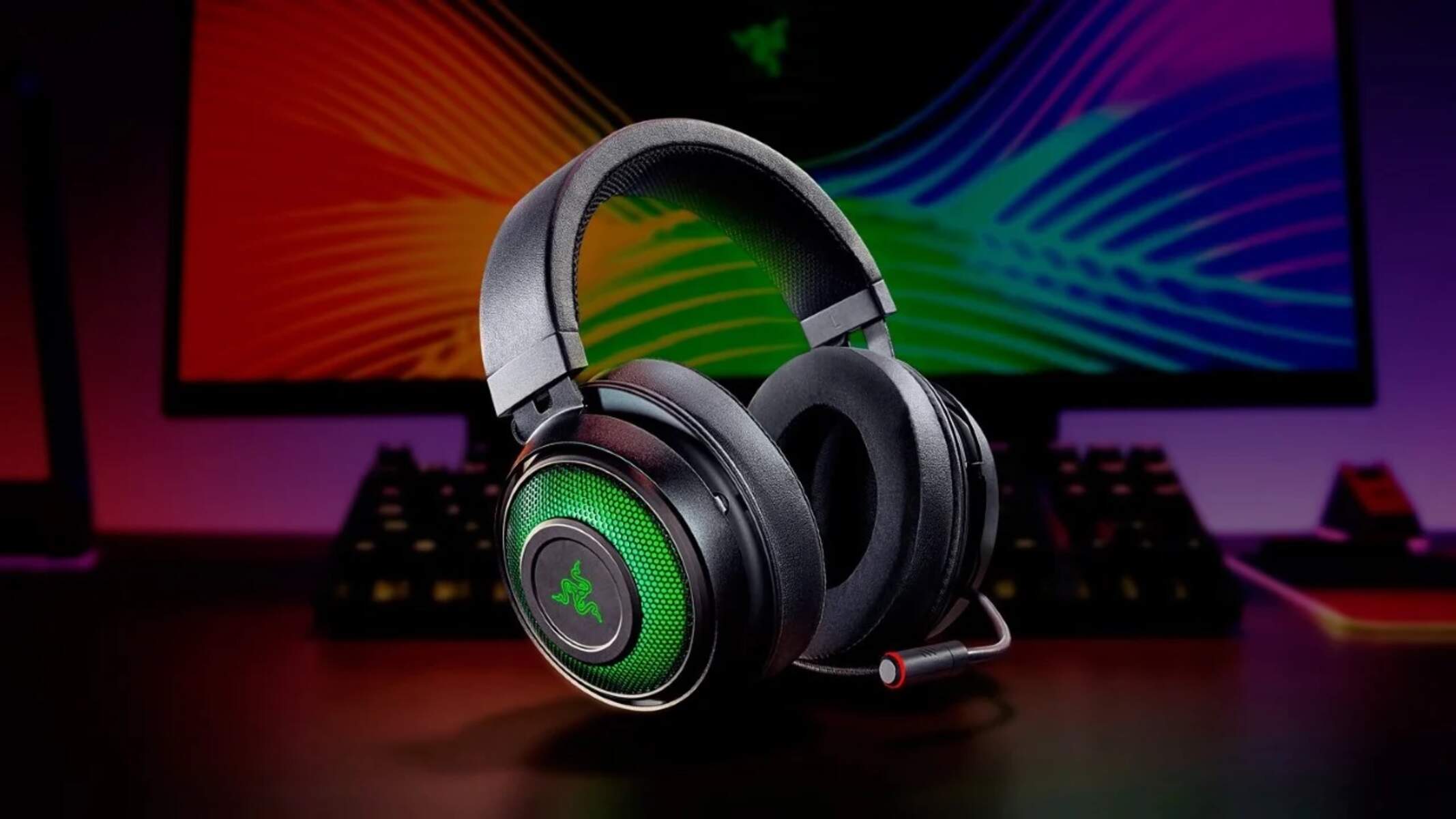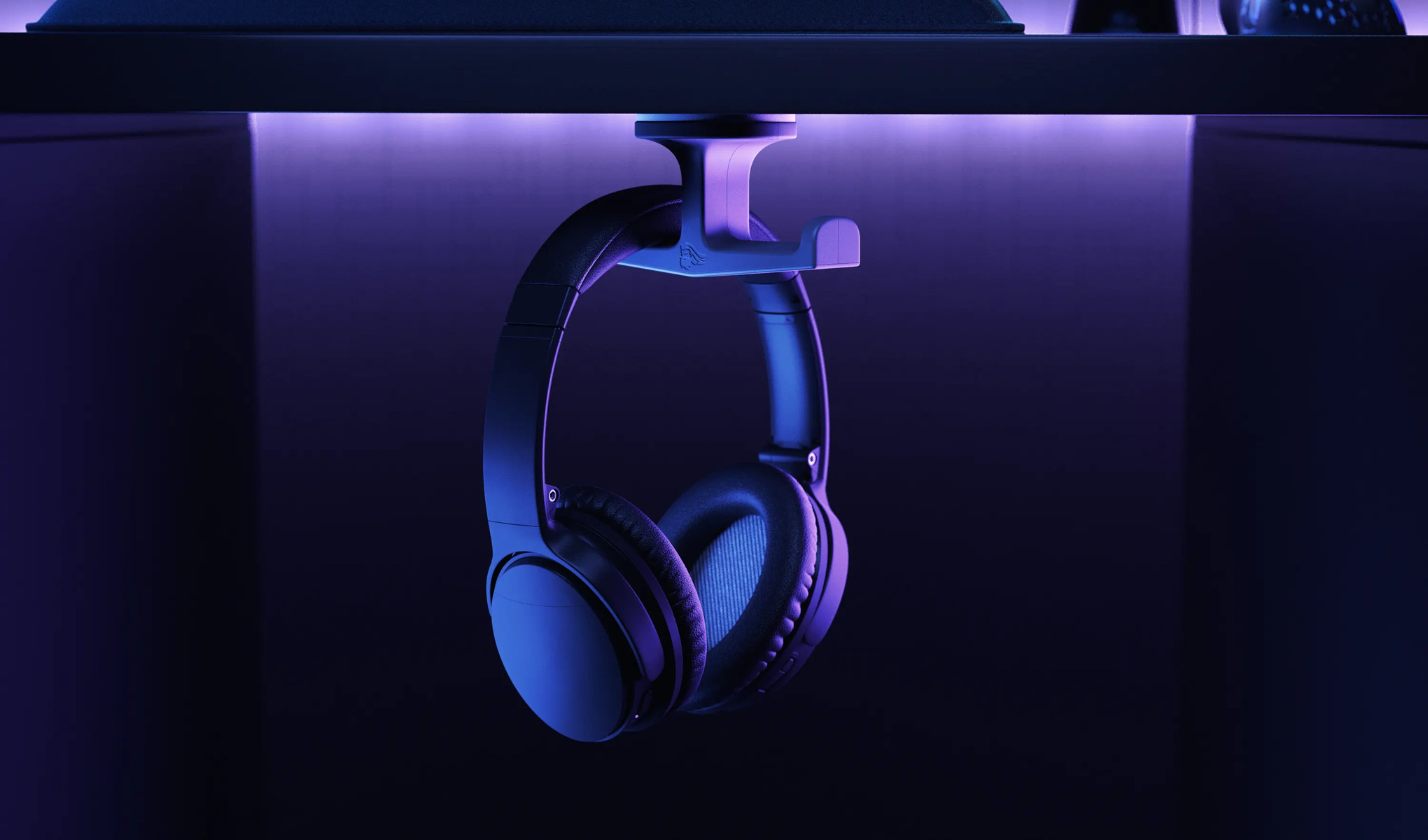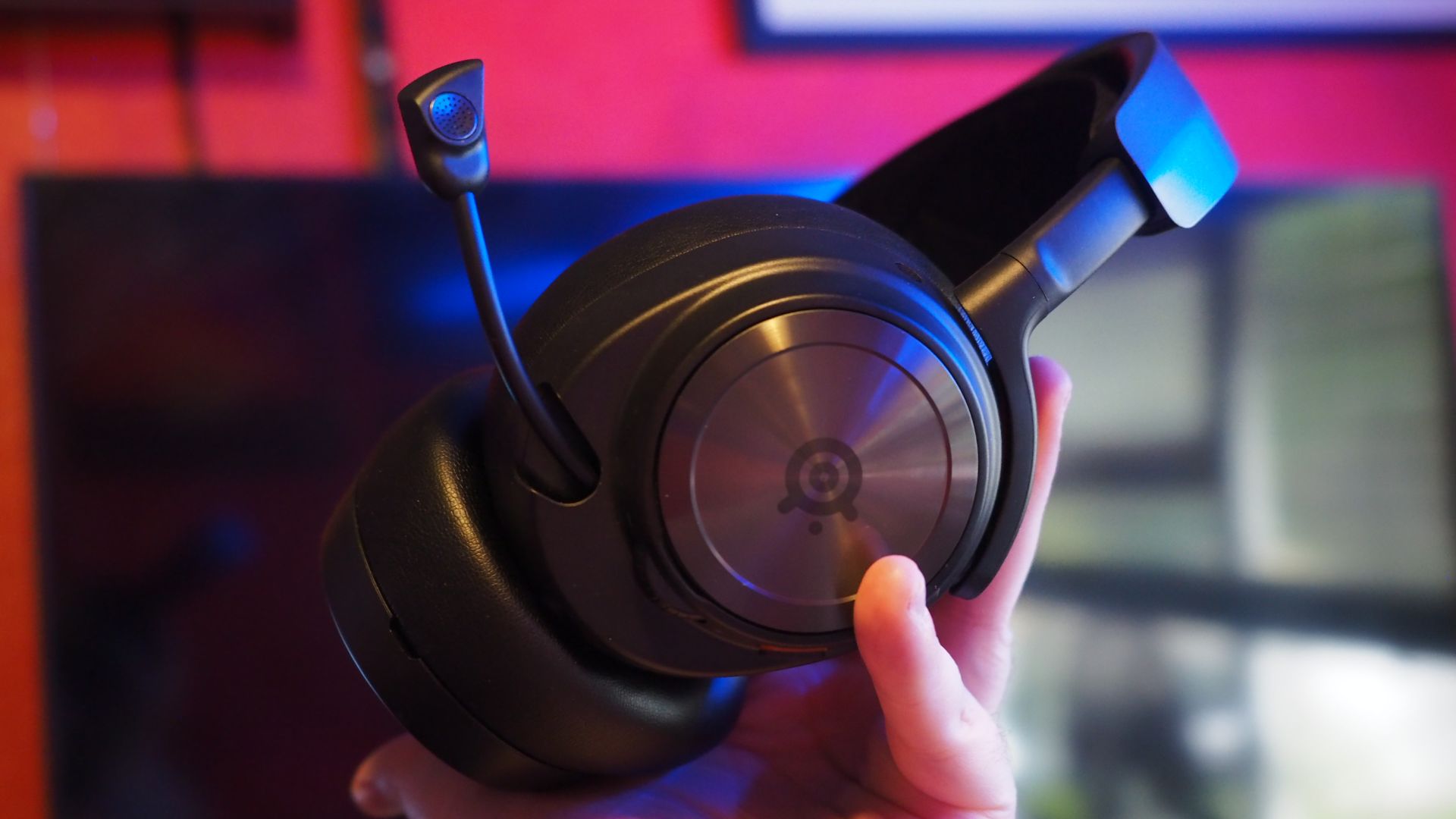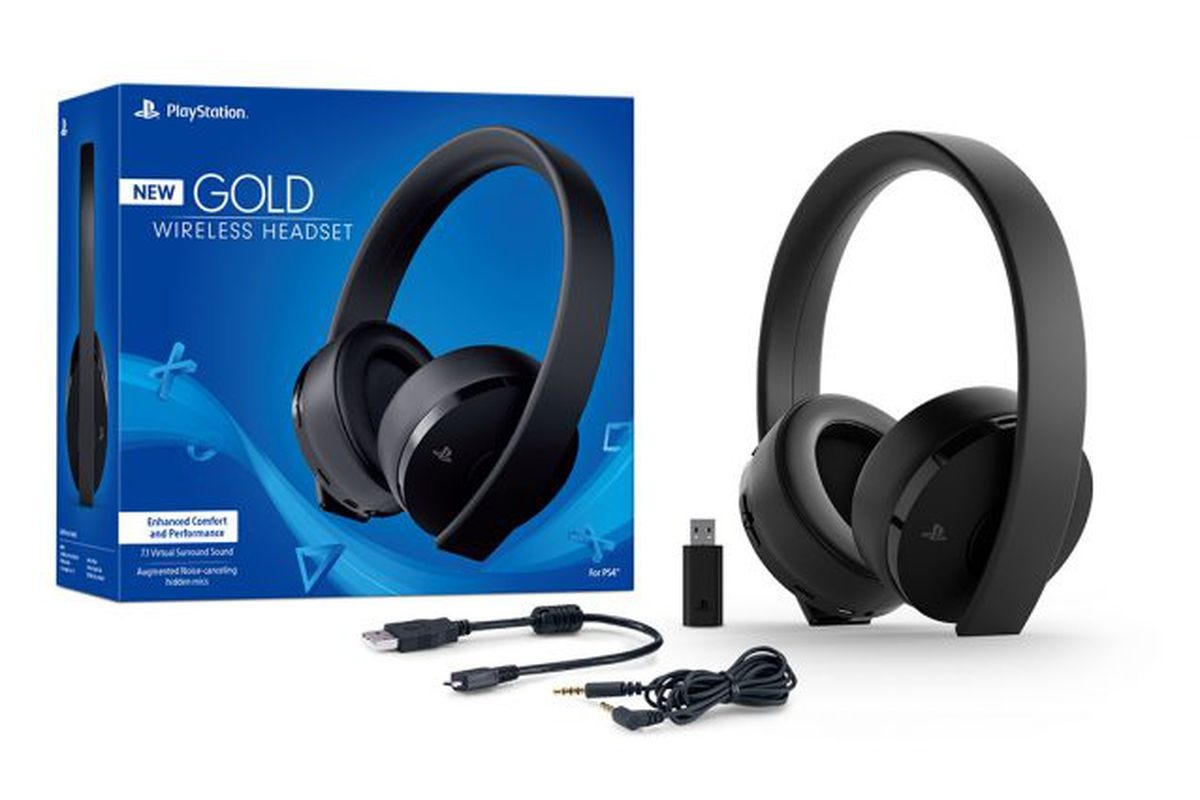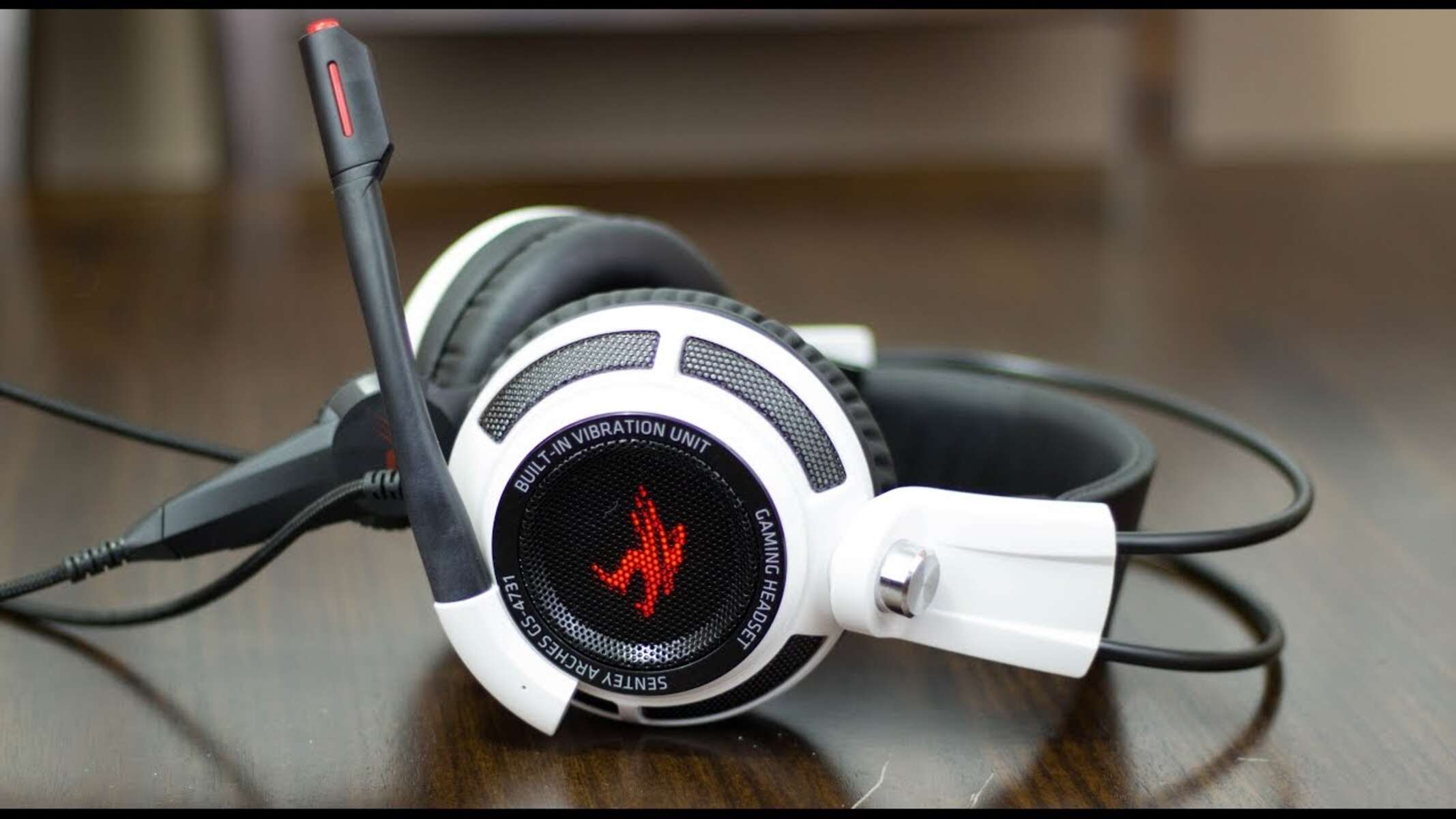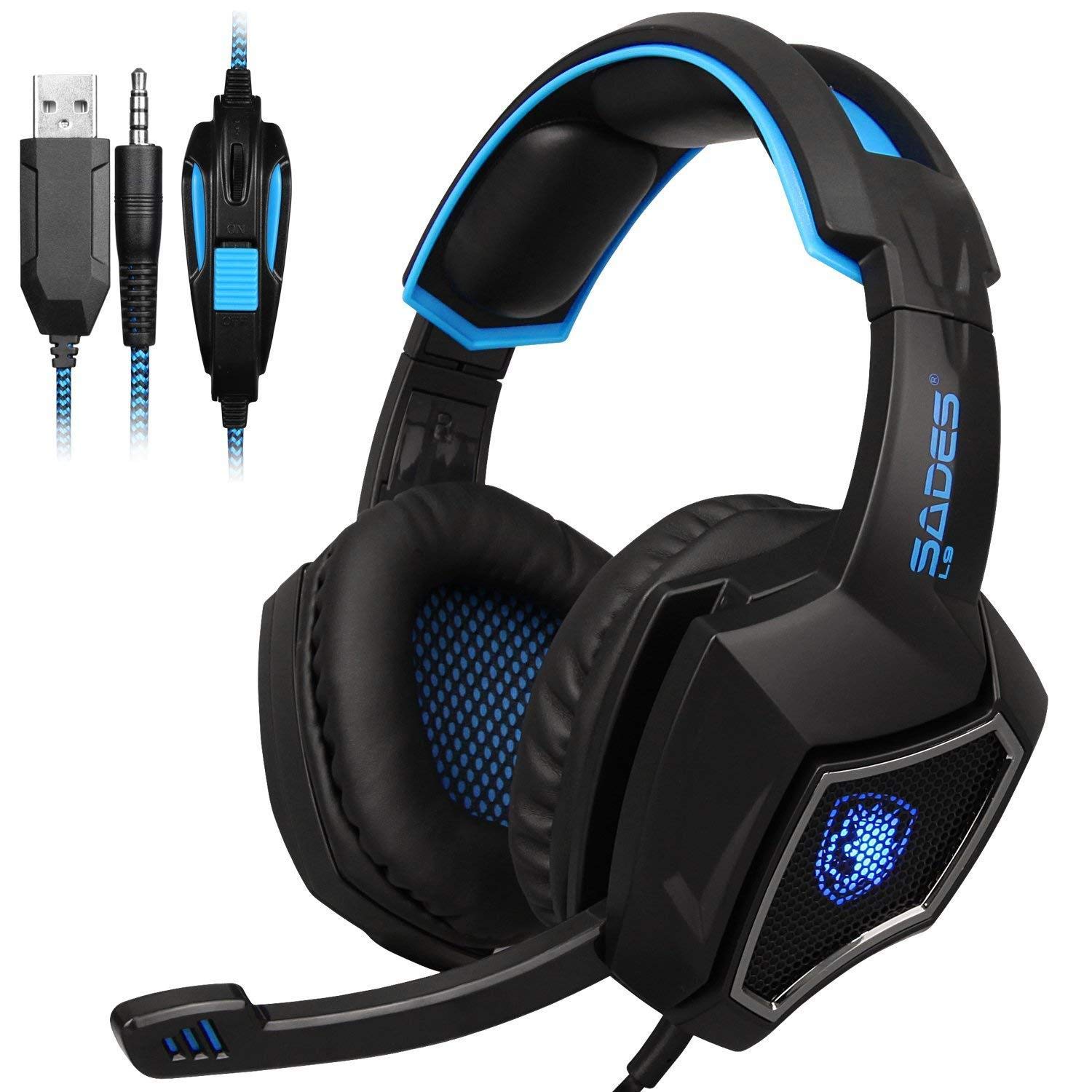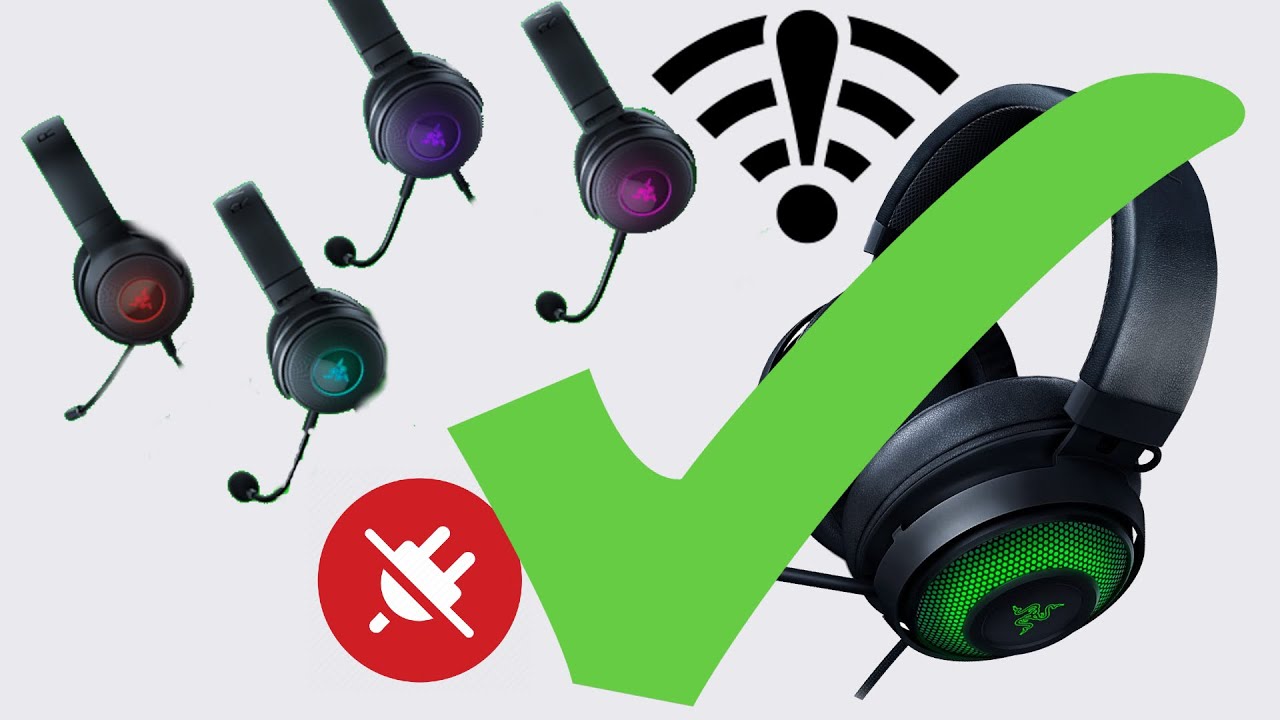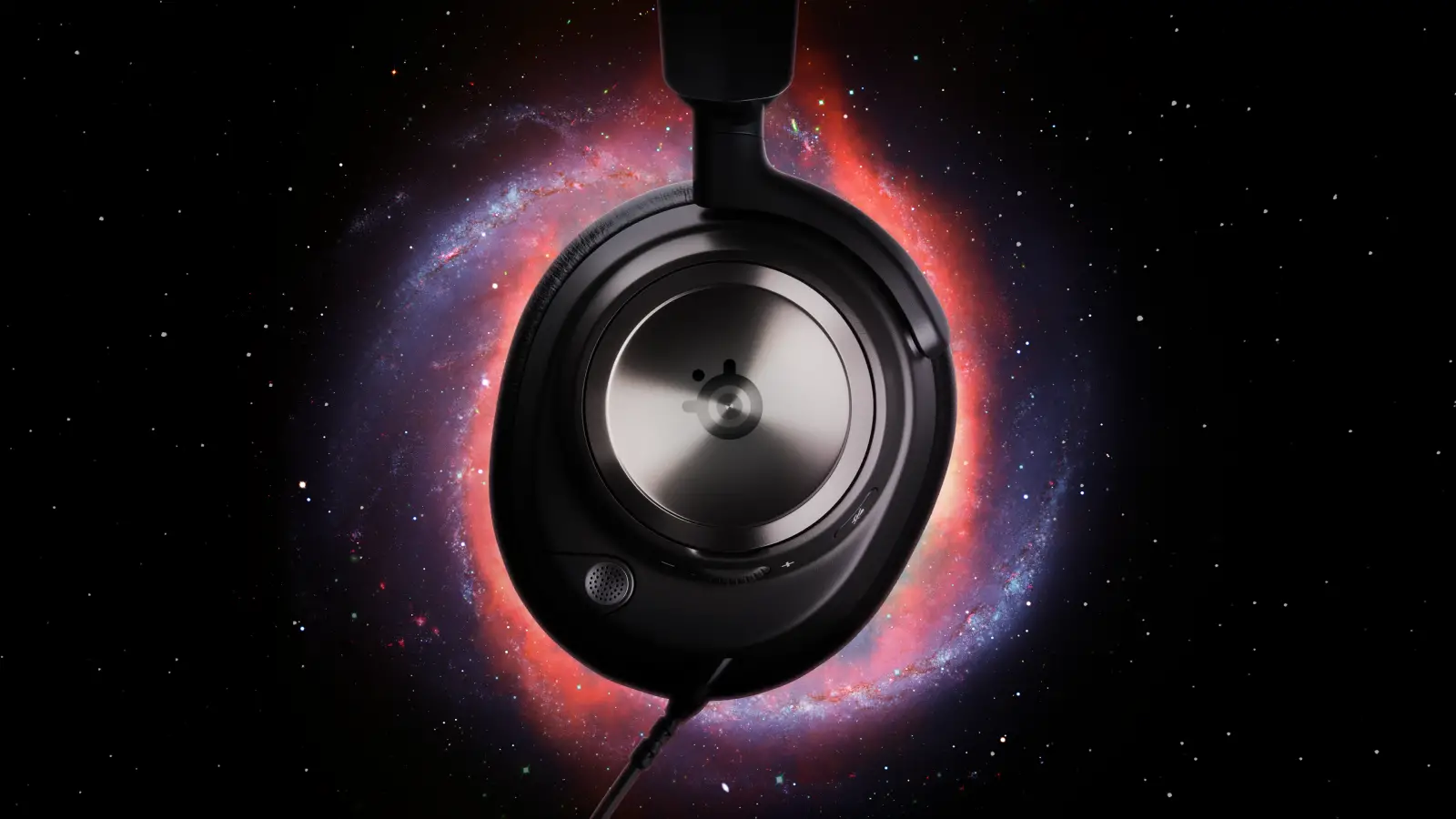Introduction
Welcome to the immersive world of gaming, where every sound and every movement deeply impacts your gaming experience. Whether you’re exploring vast virtual landscapes, engaging in intense firefights, or unraveling intricate storylines, the audio component of gaming plays a pivotal role in bringing the virtual world to life. One way to enhance this experience is by routing sounds through your gaming headset, allowing you to fully immerse yourself in the auditory dimensions of your favorite games.
Understanding how to effectively route sounds through your gaming headset can significantly elevate your gaming experience, providing a heightened sense of realism and immersion. This guide will walk you through the process of routing sounds on both PC and console platforms, ensuring that you can optimize your gaming headset to deliver exceptional audio performance.
Whether you’re a seasoned gamer looking to fine-tune your audio setup or a newcomer eager to unlock the full potential of your gaming headset, this guide will equip you with the knowledge and skills to make the most of your gaming audio experience. From configuring audio settings to troubleshooting common issues, you’ll gain valuable insights that will empower you to harness the full power of your gaming headset.
Understanding Your Gaming Headset
Before delving into the intricacies of routing sounds through your gaming headset, it’s essential to familiarize yourself with the key components and features of your headset. Gaming headsets are purpose-built to deliver immersive audio experiences, combining high-fidelity sound reproduction with features designed specifically for gaming environments.
Most gaming headsets consist of the following essential elements:
- Headphones: These are equipped with high-quality drivers that reproduce in-game audio with exceptional clarity and precision. The design of the headphones is optimized for extended wear, ensuring comfort during prolonged gaming sessions.
- Microphone: Many gaming headsets feature a built-in microphone, allowing seamless communication with teammates and other players during multiplayer games. The microphone is often equipped with noise-canceling technology to ensure clear voice transmission.
- Audio Controls: Gaming headsets typically include on-board controls for adjusting volume, muting the microphone, and even toggling specific audio settings. These controls are conveniently located for quick access during gameplay.
- Connectivity Options: Gaming headsets can connect to gaming consoles, PCs, and other devices using a variety of interfaces, such as USB, 3.5mm audio jacks, or wireless connections.
- Surround Sound Technology: Many modern gaming headsets offer virtual or true surround sound capabilities, creating an immersive audio environment that enhances spatial awareness and positional audio cues in games.
Understanding the capabilities and features of your gaming headset is crucial for optimizing the routing of sounds through the device. Whether you’re leveraging surround sound for a competitive edge in first-person shooters or immersing yourself in the rich audio landscapes of single-player adventures, knowing your headset inside and out empowers you to tailor the audio experience to your preferences and gaming style.
By gaining a deeper understanding of your gaming headset’s capabilities, you’ll be better equipped to navigate the intricacies of routing sounds on different gaming platforms, maximizing the potential of your audio setup to elevate your gaming experiences.
Routing Sounds on PC
Configuring your gaming headset to route sounds effectively on a PC involves understanding the audio settings available within the operating system and individual games. Follow these steps to optimize your gaming headset for a tailored audio experience on your PC:
- Driver Installation: Ensure that the drivers for your gaming headset are correctly installed on your PC. Most gaming headsets come with specific drivers or software that enable advanced audio features, such as surround sound and equalizer settings. Visit the manufacturer’s website to download and install the latest drivers for your headset.
- Audio Settings: Access the sound settings on your PC and set your gaming headset as the default playback and communication device. This ensures that all audio output and input is routed through your headset, providing a seamless gaming experience without interference from other audio devices.
- Game-Specific Settings: Many PC games offer audio settings within their menus, allowing you to customize the audio output to suit your preferences. Take advantage of these settings to enable surround sound, adjust volume levels, and fine-tune audio presets for optimal immersion.
- Communication Applications: If you engage in voice communication while gaming, ensure that applications such as Discord or TeamSpeak are configured to use your gaming headset for both audio output and input. This ensures that your teammates can hear you clearly, and you can hear them without any disruptions.
- Equalizer Tuning: Experiment with the equalizer settings provided by your headset’s software or the PC’s audio settings to tailor the sound profile to your liking. Adjusting the equalizer can enhance specific frequencies, such as bass for impactful explosions or treble for crisp dialogue, based on your gaming preferences.
By meticulously configuring your gaming headset and the associated audio settings on your PC, you can create a personalized audio environment that complements your gaming experiences, whether you’re engaged in competitive multiplayer battles or exploring captivating single-player narratives.
Remember to periodically update your gaming headset’s drivers and software to access the latest features and improvements, ensuring that you’re always at the forefront of audio technology for gaming on your PC.
Routing Sounds on Console
Configuring your gaming headset to route sounds effectively on a console, such as a PlayStation or Xbox, involves leveraging the audio settings within the console’s operating system and individual games. Follow these steps to optimize your gaming headset for an immersive audio experience on your console:
- Connection Method: Determine the appropriate connection method for your gaming headset. Some headsets connect directly to the console’s controller via a 3.5mm audio jack, while others may require a USB connection or a wireless adapter. Follow the manufacturer’s instructions to establish the correct connection.
- Console Audio Settings: Access the audio settings within the console’s system menu and set your gaming headset as the primary audio output device. This ensures that all audio from the console, including in-game sounds and chat audio, is routed through your headset for an immersive gaming experience.
- Game-Specific Audio Settings: Many console games offer audio customization options within their settings menus. Explore these options to adjust audio presets, enable surround sound, and fine-tune volume levels to suit your preferences for each game.
- Chat Settings: If you engage in voice chat while gaming, configure the console’s chat settings to route chat audio through your gaming headset. This ensures that you can communicate clearly with your teammates while enjoying the game’s audio through the headset.
- Surround Sound Capabilities: Some gaming headsets offer virtual or true surround sound capabilities on consoles. If your headset supports surround sound, ensure that it is enabled in both the console’s audio settings and the game’s audio options to experience enhanced spatial awareness and immersive audio environments.
By optimizing the audio settings for your gaming headset on your console, you can create a captivating audio experience that enhances your gaming adventures, whether you’re embarking on epic quests, engaging in intense multiplayer battles, or exploring virtual worlds with friends.
Keep your gaming headset’s firmware up to date, as manufacturers often release updates to improve audio performance and add new features, ensuring that you’re always equipped with the latest advancements in gaming audio technology for your console.
Troubleshooting Common Issues
While routing sounds through your gaming headset can significantly enhance your gaming experience, encountering technical issues is not uncommon. By familiarizing yourself with common troubleshooting techniques, you can swiftly address and resolve potential issues that may arise with your gaming headset’s audio routing. Here are some common issues and their troubleshooting steps:
- No Audio Output: If you’re not hearing any sound through your gaming headset, check the physical connections to ensure they are secure. Additionally, verify that the headset is selected as the default audio output device in your system settings.
- Intermittent Audio: If the audio cuts in and out during gameplay, inspect the headset’s cable or wireless connection for any damage or interference. Ensure that the wireless transmitter, if applicable, is in close proximity to the headset for a stable connection.
- Microphone Not Working: If your microphone is not transmitting your voice, check the mute settings on the headset and the console or PC. Additionally, inspect the microphone boom for any physical damage and ensure that it is properly positioned for clear voice capture.
- Imbalanced Audio: Should you experience imbalanced audio, where one side of the headset produces louder sound than the other, verify that the headset’s audio balance settings are centered. If the issue persists, test the headset on another device to rule out potential hardware issues.
- Software and Firmware Updates: Regularly check for software updates for your gaming headset, as manufacturers often release firmware updates to address performance issues and introduce new features. Keeping your headset’s software up to date can resolve many common audio-related issues.
By troubleshooting these common issues, you can swiftly address technical challenges that may arise when routing sounds through your gaming headset. Additionally, referring to the manufacturer’s support resources, such as online knowledge bases and customer support channels, can provide valuable insights and solutions for specific issues related to your gaming headset.
By staying informed and proactive in troubleshooting audio issues, you can maintain a seamless and immersive gaming audio experience, ensuring that your gaming headset continues to deliver exceptional sound quality and performance across various gaming platforms.







